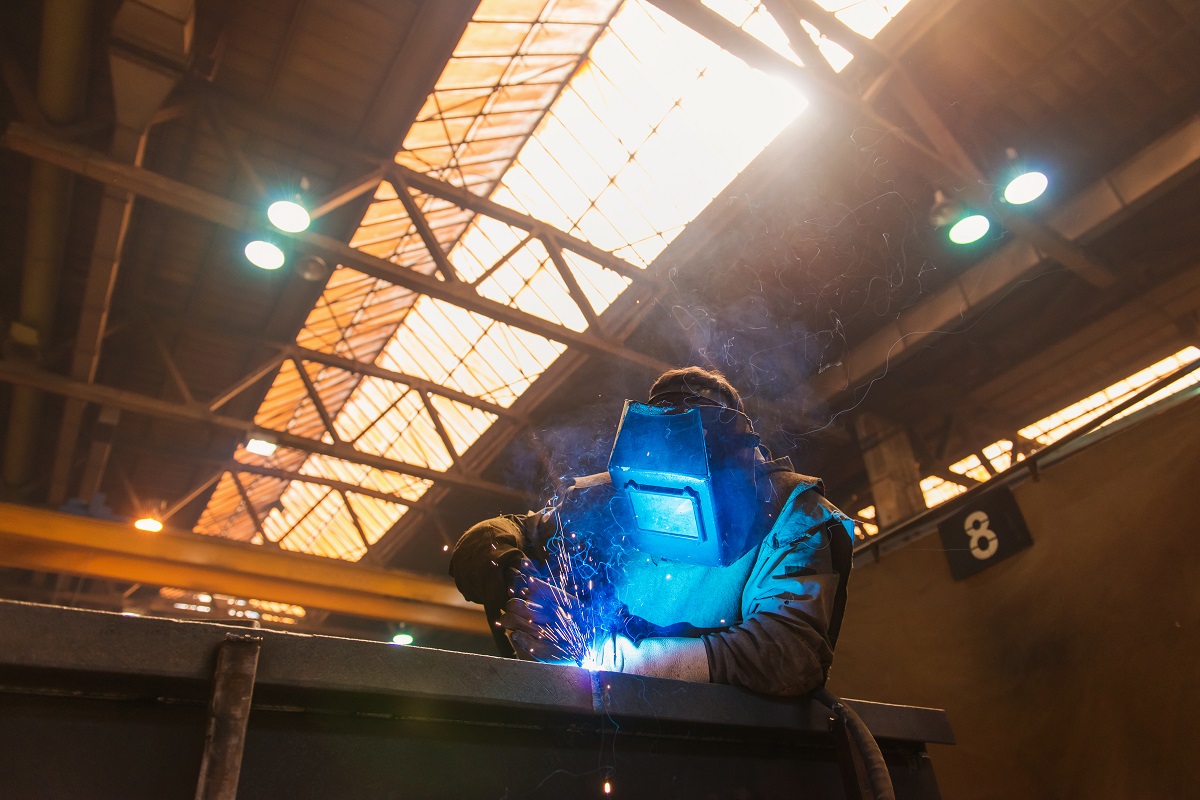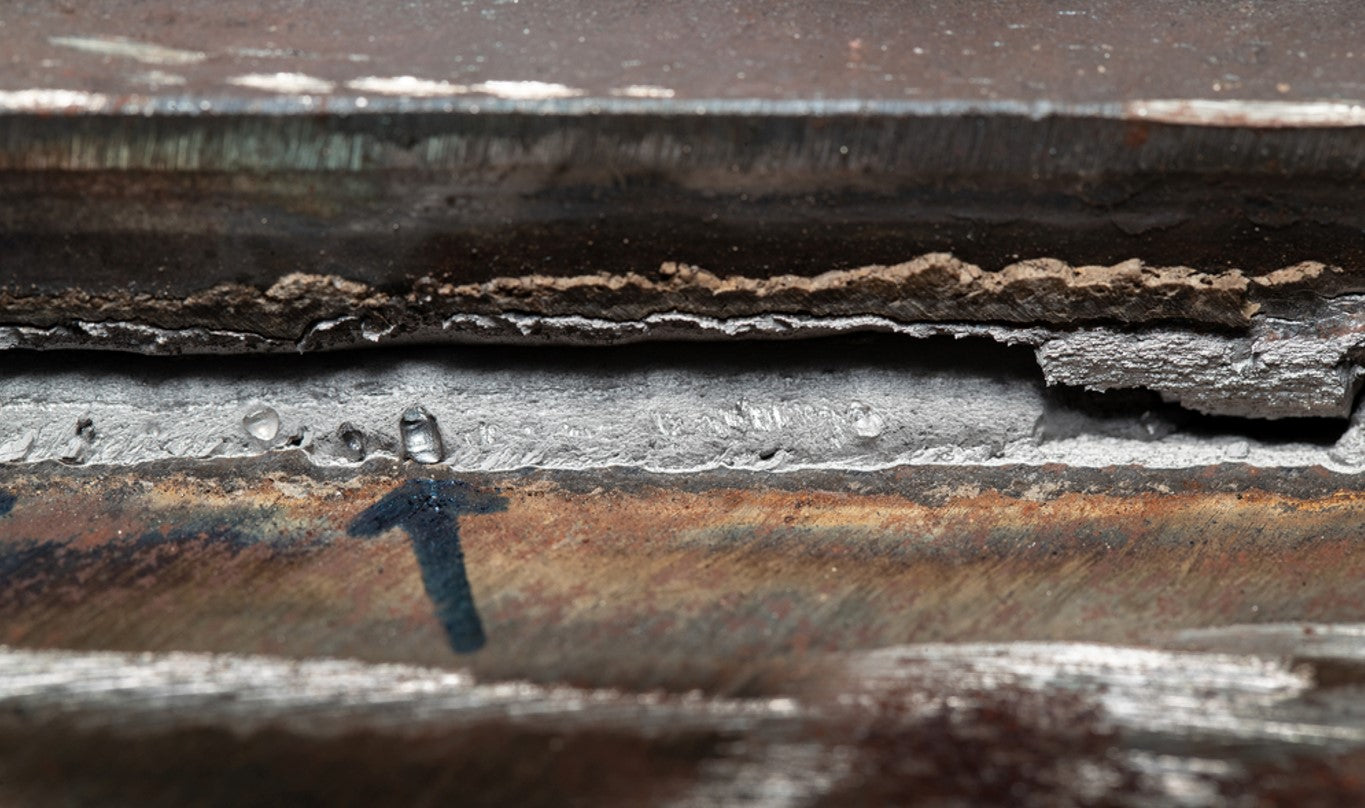Understanding the Causes and Solutions for Undercut Welding in Metal Fabrication Processes
In the realm of metal fabrication processes, the occurrence of undercut welding poses a significant challenge that requires a comprehensive understanding of its reasons and sensible solutions. The intricate interaction of numerous variables throughout welding operations can result in this undesirable phenomenon, influencing the architectural stability and general quality of the welded joints - Preventing weld undercut. By studying the source of undercut welding and checking out effective therapeutic actions, producers can raise the requirement of their workmanship and ensure the manufacturing of perfect metal parts
Typical Reasons For Undercut Welding
Frequently neglected in metal construction, undercut welding happens due to various aspects that require thorough focus and knowledge to be successfully alleviated. In addition, inappropriate welding strategies, such as making use of the wrong welding angle or travel speed, can likewise contribute to undercut formation. The choice of welding parameters, such as voltage, current, and wire feed rate, plays a considerable function in the incident of undercut welding.
Effect of Incorrect Welding Parameters
Incorrect welding specifications can considerably compromise the integrity and quality of bonded joints in steel construction processes. The impact of wrong welding criteria materializes in numerous methods, causing architectural weaknesses and flaws in the bonded elements. One vital element affected by inappropriate welding criteria is the penetration depth of the weld. Not enough warm input due to low welding currents or exceedingly high traveling speeds can cause insufficient fusion in between the base steels, resulting in insufficient joint infiltration and compromised bonds. Conversely, too much warm input caused by high welding currents or slow-moving travel rates can cause too much and burn-through reinforcement, producing a fragile and unpredictable weld structure. Additionally, inaccurate parameters such as inappropriate voltage settings or wrong electrode angles can contribute to irregular weld bead profiles, absence of combination, and raised possibilities of issues like undercutting. Meticulous interest to welding criteria is paramount to make sure the manufacturing of high-quality welds with the wanted mechanical residential or commercial properties and structural integrity.
Result of Improper Torch Angle
Inappropriate lantern angle in welding procedures can considerably impact the high quality and honesty of the final weld joints in metal fabrication procedures. The torch angle plays an essential function in determining the warmth input and circulation throughout welding. When the lantern angle is inaccurate, problems such as undercutting can occur. Undercutting is a common welding issue where a groove develops along the weld toe, deteriorating the joint and compromising its structural honesty.
A torch angle that is too steep can bring about not enough penetration, incomplete blend, and increased spatter. On the various other hand, a torch angle that is too superficial can cause excessive penetration, burn-through, and distortion of the base product. Preventing weld undercut. Proper lantern angle is crucial for making certain constant weld top quality, stamina, and look
To avoid damaging and various other issues created by improper torch angles, welders must be trained to maintain the appropriate torch angle throughout the welding procedure. Routine monitoring and modification of lantern angles throughout welding can help accomplish audio welds with minimal issues.
Function of Inadequate Welding Techniques

Another facet of poor welding strategies is inappropriate weld preparation. Poor cleaning of the base metals, incorrect joint design, or insufficient edge preparation can all add to damage welding. Inadequate securing gas insurance coverage or go to website utilizing the incorrect kind of gas can result in insufficient blend and the development of undercut flaws.
To deal with the duty of inadequate welding strategies in steel manufacture procedures, it is necessary to offer comprehensive training for welders. Appropriate education on welding criteria, joint preparation, and securing gas selection can help protect against undercut welding and make sure premium welds in metal manufacture projects.
Efficient Solutions for Undercut Welding
Resolving undercut welding in metal manufacture needs applying effective services to improve weld quality and architectural stability. One of the main services to fight undercut is to adjust welding specifications such as voltage, current, and take a trip rate to ensure correct heat input and blend. By fine-tuning these settings, welders can protect against excessive melting of the base metal and filler product, reducing the chance of undercut formation.
Furthermore, proper joint preparation is essential in protecting against undercut. Making sure tidy base metal surfaces cost-free of pollutants and using the suitable bevel angle can assist promote better weld infiltration and decrease the danger of undercut - Preventing weld undercut. Using suitable welding methods, such as weaving or oscillating the torch, can likewise help in dispersing heat evenly and filling up the weld joint properly, lessening the opportunity of undercut defects
Additionally, choosing the right welding consumables, consisting of electrodes and filler steels, is essential in reducing undercut. Utilizing materials with proper chemical structures and mechanical homes can add to achieving sound welds with minimal undercut. Regular inspection and quality control steps ought to also be executed to discover and deal with undercut problems quickly, guaranteeing the general honesty of made steel elements.

Final Thought
Finally, comprehending the causes and solutions for undercut welding see here in steel manufacture procedures is important for achieving top quality welds. By resolving usual reasons such as incorrect welding parameters, inappropriate lantern angle, and insufficient welding techniques, welders can protect against damaging and guarantee strong, sturdy welds. It is necessary to focus on these elements and execute effective options to enhance the overall welding procedure and end product high quality.
